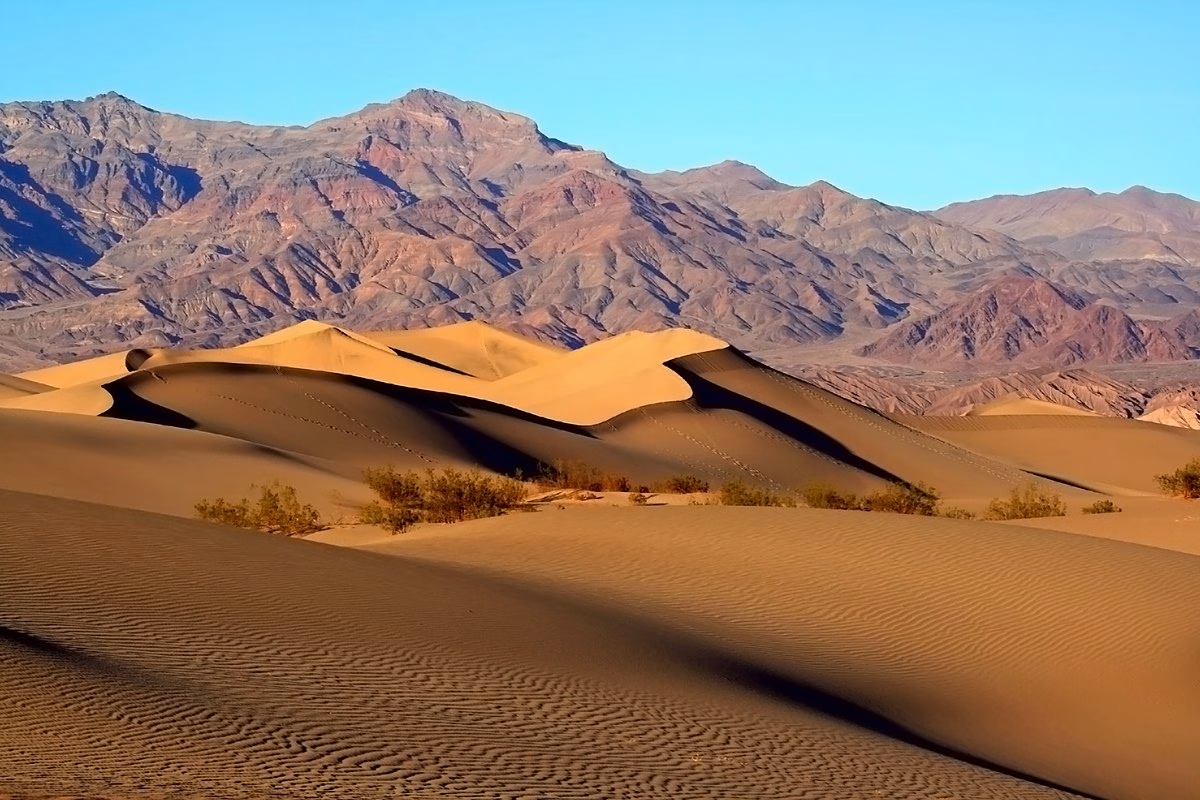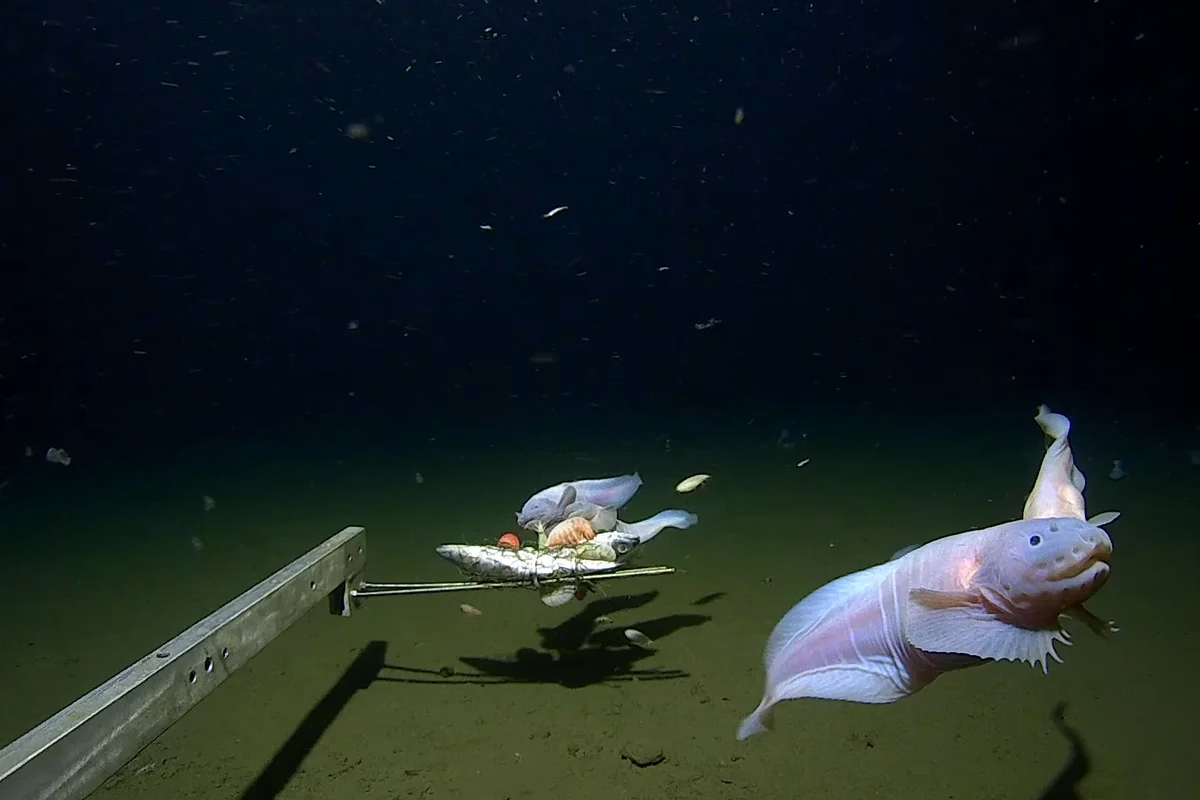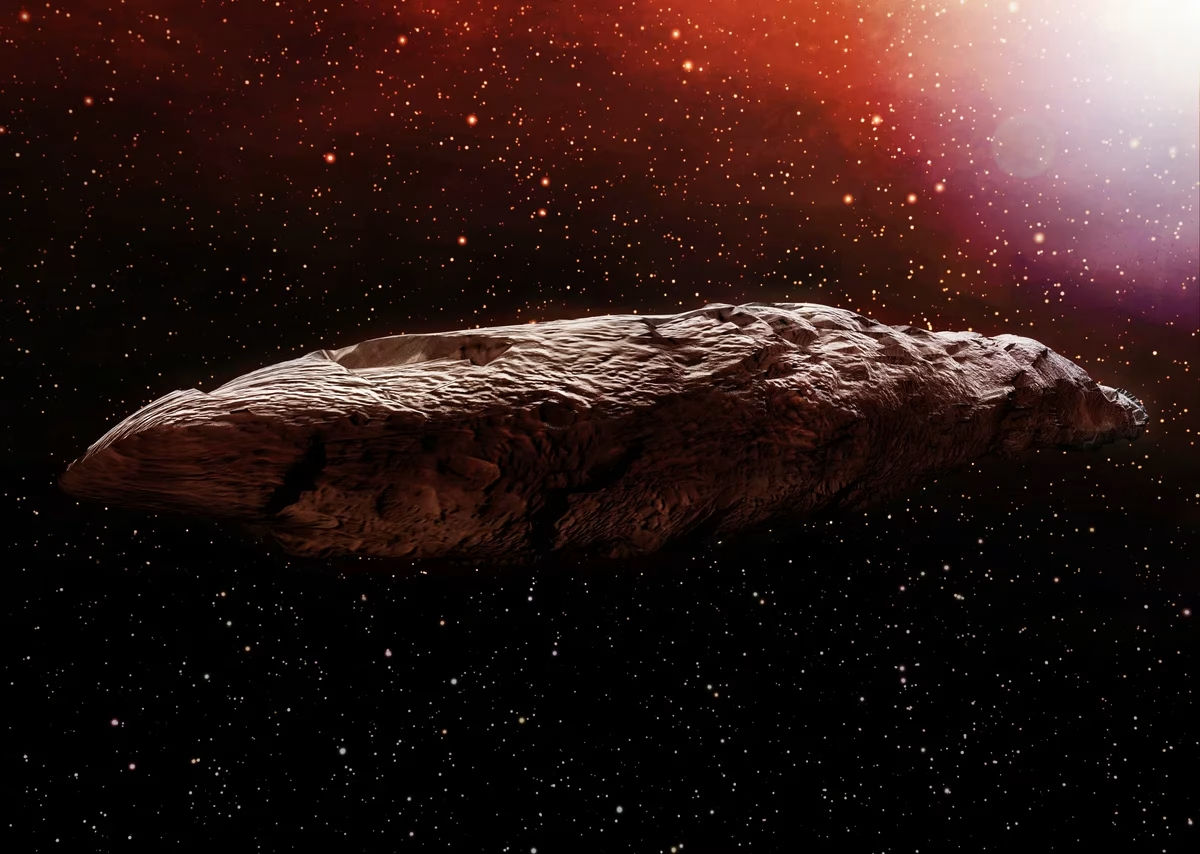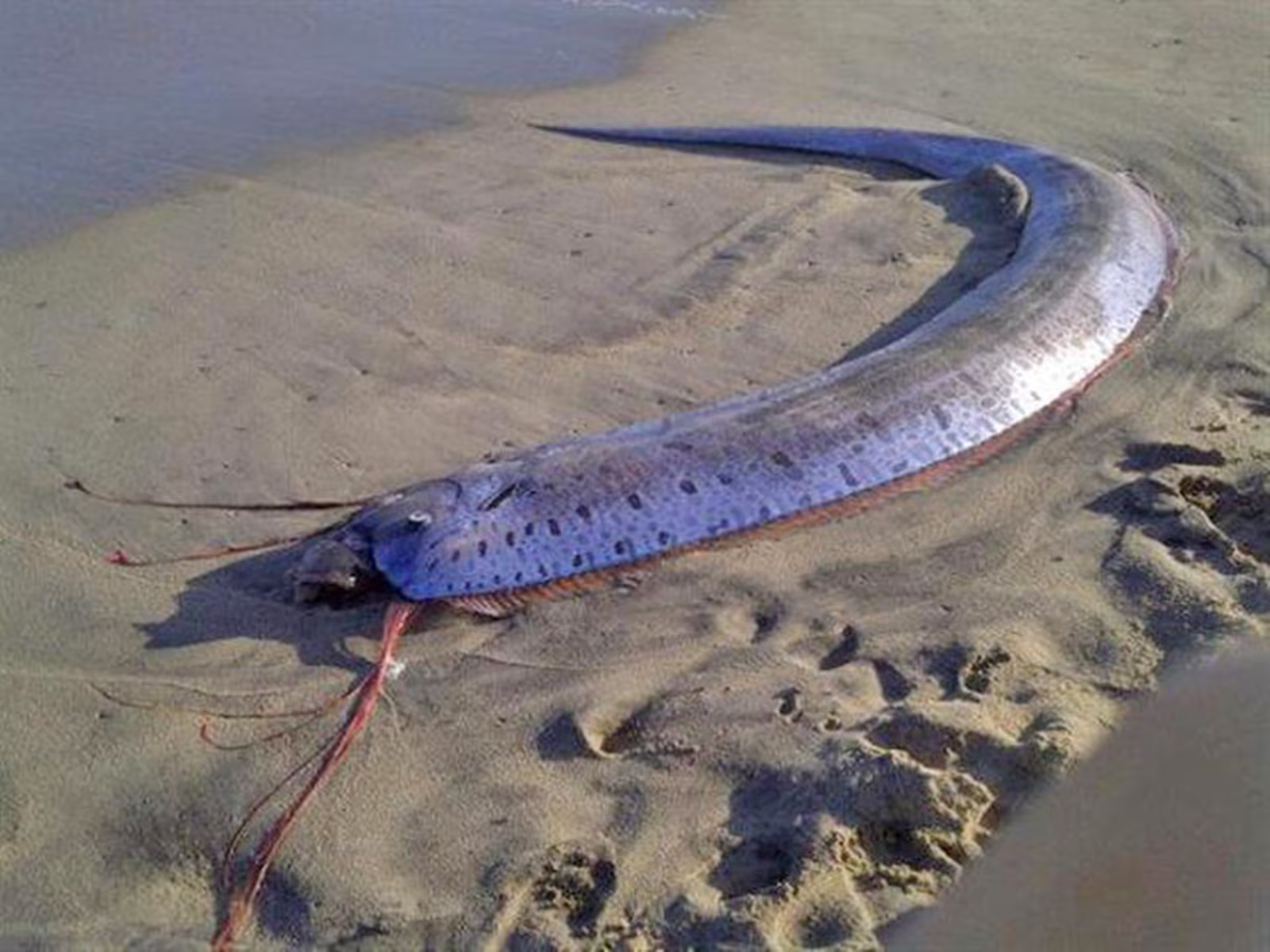Our planet is home to breathtaking beauty—soaring mountains, pristine oceans, lush forests—but it’s also dotted with places where danger is ever-present. These locations challenge human endurance, defy survival, and sometimes, simply should not be inhabited. From extreme temperatures to active war zones and volatile natural environments, the most dangerous places on Earth remind us of both the planet’s raw power and our fragility.
Here is a look at some of the most dangerous places on Earth, where peril lurks in every shadow and survival is never guaranteed.
1. Death Valley, USA
Death Valley in California is one of the hottest places on the planet. In 1913, the temperature soared to 134°F (56.7°C)—the highest ever recorded on Earth. The extreme heat, barren landscape, and limited water supply make it incredibly hostile to life. Even experienced hikers have succumbed to dehydration and heatstroke in this harsh desert environment. The Valley lives up to its name in every sense.
2. Danakil Depression, Ethiopia
Imagine a place where the ground bubbles with toxic gases, lava flows nearby, and temperatures often exceed 120°F (49°C). That’s the Danakil Depression, one of the most inhospitable places on Earth. This volcanic hotspot is rich in sulfur springs and acid pools. The combination of unbearable heat, corrosive air, and no drinkable water makes it a literal hell on Earth—yet some humans still live here, mining salt for survival.
3. Chernobyl, Ukraine
The 1986 Chernobyl nuclear disaster transformed a once-thriving town into a radioactive ghost zone. Today, the Chernobyl Exclusion Zone remains heavily contaminated with radiation. Although parts of it have reopened for controlled tourism, lingering radiation levels make extended exposure hazardous. Wildlife has oddly flourished in the absence of humans, but for people, it remains a deadly no-go zone.
4. Snake Island, Brazil
Off the coast of Brazil lies Ilha da Queimada Grande, known as Snake Island. It’s home to the golden lancehead viper, one of the deadliest snakes in the world. With an estimated one to five snakes per square meter, it’s considered too dangerous for humans. The Brazilian government has prohibited visitors, except for approved scientists and researchers. A single bite from these vipers can kill a person in under an hour.
5. Mount Everest, Nepal/Tibet
Climbing the world’s tallest mountain is a dream for many, but also a deadly challenge. Mount Everest, standing at 29,032 feet (8,849 meters), has claimed over 300 lives. Avalanches, altitude sickness, freezing temperatures, and sheer exhaustion claim the lives of climbers every year. The “Death Zone” above 8,000 meters has such low oxygen levels that even experienced mountaineers struggle to survive.
6. Lake Natron, Tanzania
Lake Natron is a blood-red, alkaline lake in northern Tanzania with a pH level of nearly 10.5, almost as caustic as ammonia. The water is so salty and toxic that it calcifies animals, preserving them like statues. The lake’s harsh chemistry often mummifies birds that accidentally land here. The eerie, reflective surface of Lake Natron hides its deadly nature beneath its beauty.
7. North Sentinel Island, India
Located in the Andaman Sea, North Sentinel Island is home to the Sentinelese, an uncontacted tribe that aggressively rejects any outside interaction. The Indian government has declared it off-limits to protect both the tribe and outsiders. Attempts to approach the island have ended violently, including the death of a missionary in 2018. The Sentinelese remain one of the world’s last truly isolated peoples, and their island is one of the most treacherous to visit.
8. Bikini Atoll, Marshall Islands
This seemingly serene island was the site of 23 nuclear tests conducted by the U.S. between 1946 and 1958. The massive explosions—including the first hydrogen bomb—left behind long-lasting radiation. Though declared safe in recent years, the island remains uninhabited mainly due to lingering health risks. The coral reefs and marine life have returned, but the human legacy is one of destruction and contamination.
9. Dallol, Ethiopia
Another Ethiopian hotspot, Dallol, is considered the hottest inhabited place on Earth in terms of average annual temperature. Its landscape looks alien, featuring acidic hot springs, colorful mineral deposits, and geysers that release toxic gases. The air is heavy with sulfur, and any misstep can lead to chemical burns or exposure to noxious fumes. It’s one of the most extreme environments where people have attempted to live.
10. Goma, Democratic Republic of Congo
Situated near the active Nyiragongo volcano, Goma is a city constantly under threat. The volcano has erupted multiple times, with lava flows reaching the town in 2002 and again in 2021. Adding to the danger are frequent earthquakes, armed conflict, and poverty. Residents live in a constant state of tension, surrounded by both natural and human-made dangers.
11. Kawah Ijen Volcano, Indonesia
This active volcano in East Java is famous for its electric-blue flames, which are burning sulfuric gases. Workers mine sulfur here under extreme conditions, using minimal protection as they descend into the crater. The gases are toxic, the fumes choking, and the temperatures are high. Yet locals endure the harsh environment to collect the valuable mineral, putting their lives at risk daily.
12. Fukushima Exclusion Zone, Japan
Following the 2011 earthquake and tsunami, the Fukushima Daiichi nuclear disaster released dangerous levels of radiation into the surrounding area. The 20-kilometer exclusion zone remains closed, and radiation levels are still considered unsafe in many parts. Although decontamination efforts continue, the area stands as a stark reminder of nuclear power’s potential for catastrophe.
13. The Darvaza Gas Crater, Turkmenistan
Nicknamed the “Door to Hell,” this fiery crater in Turkmenistan has been burning since 1971. Soviet geologists accidentally created it while drilling for natural gas. To prevent the spread of methane, they ignited it, thinking it would burn out in a few weeks. Decades later, it’s still ablaze. Tourists visit the site, but the intense heat and crumbling edges make it a dangerously unstable location.
14. Gates of the Arctic National Park, Alaska
This vast, icy wilderness has no roads, trails, or ranger stations. The terrain is unforgiving, and the climate brutal. Winter temperatures plummet to -50°F (-45°C), and grizzly bears, wolves, and moose roam freely through the landscape. It’s beautiful, untouched, and precarious for the unprepared. The isolation means any emergency can become a life-or-death situation.
15. The Atacama Desert, Chile
Often called the driest place on Earth, parts of the Atacama Desert have seen no recorded rainfall for hundreds of years. Its Mars-like terrain is so extreme that even bacteria struggle to survive. While stunning, it offers almost no shelter, water, or vegetation. For explorers, it’s a test of endurance and survival against the odds.
Conclusion
From toxic lakes to radioactive wastelands, and volcanic cities to hostile islands, Earth is filled with places that seem tailor-made to test the limits of human survival. These locations are not just geographical oddities—they’re reminders of nature’s immense power and unpredictability, as well as the resilience (and sometimes stubbornness) of those who dare to live or venture into them.
Whether shaped by natural forces or human error, the world’s most dangerous places are fascinating in their ability to inspire awe, caution, and wonder—all at the same time. For adventurers, scientists, and thrill-seekers, they are tempting frontiers. But they are also warnings: Earth, for all its beauty, remains a wild and untamable force.




